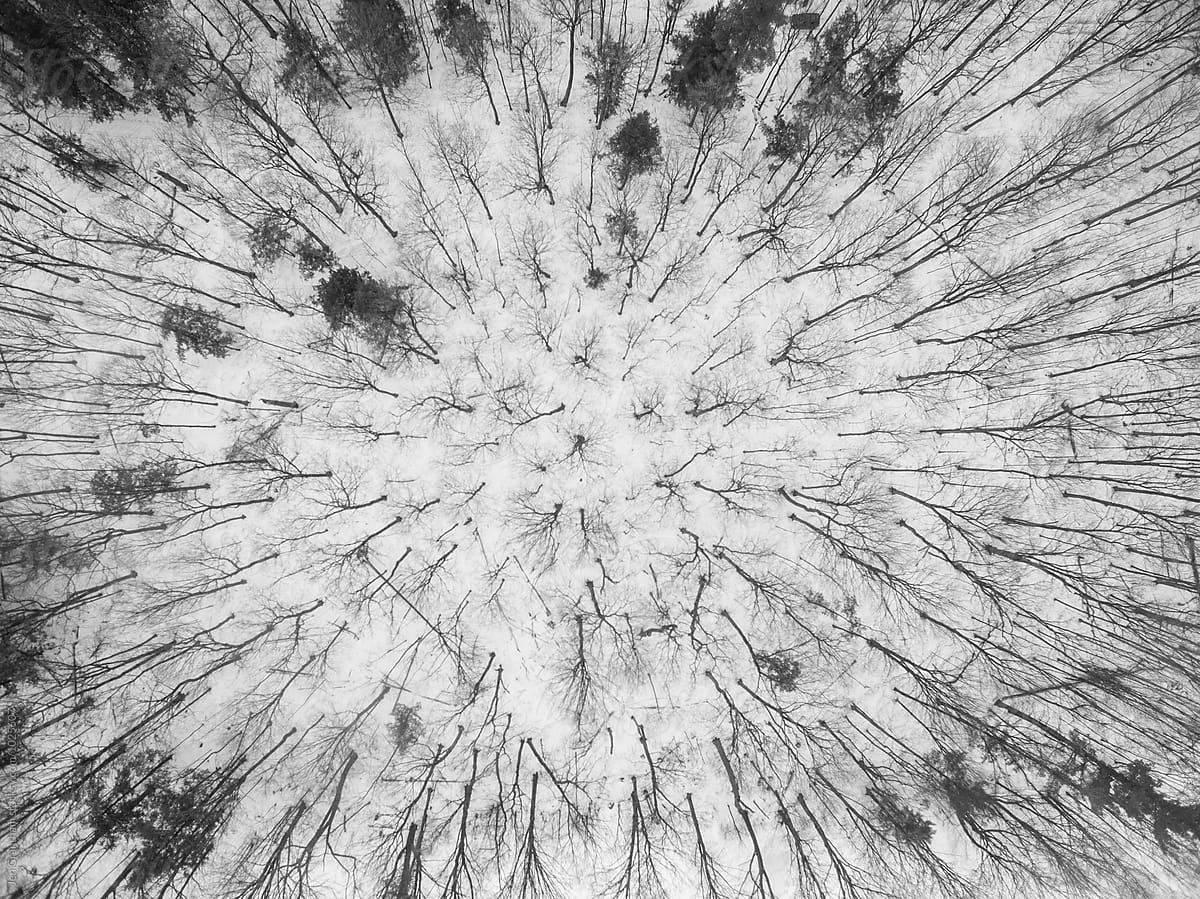
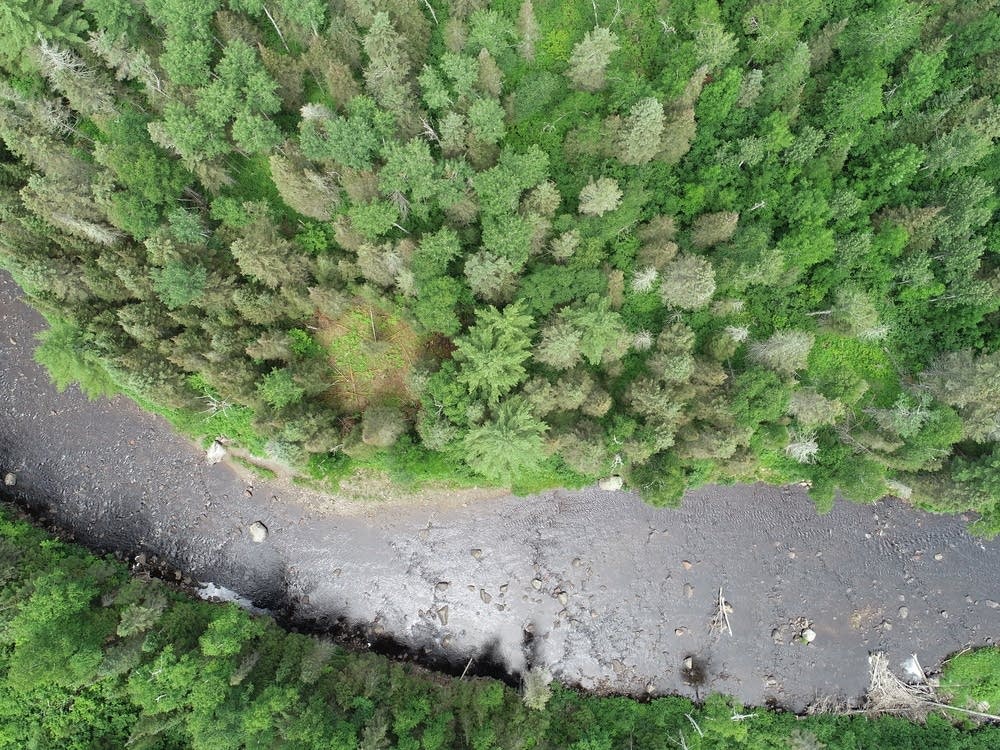
Landscape ecology
research

Decision support models
The aim of these models is to develop spatial representations of ecosystem functions and benefits across large landscapes and to enhance these values by prioritizing management efforts. Web applications provide a direct resource for interacting with the models to view data layers within a GIS-lite platform and to manipulate model weights to customize spatial priorities based on user needs. Click on a project to see them in action!

Hamakua coast
Managing strawberry guava to increase freshwater resources
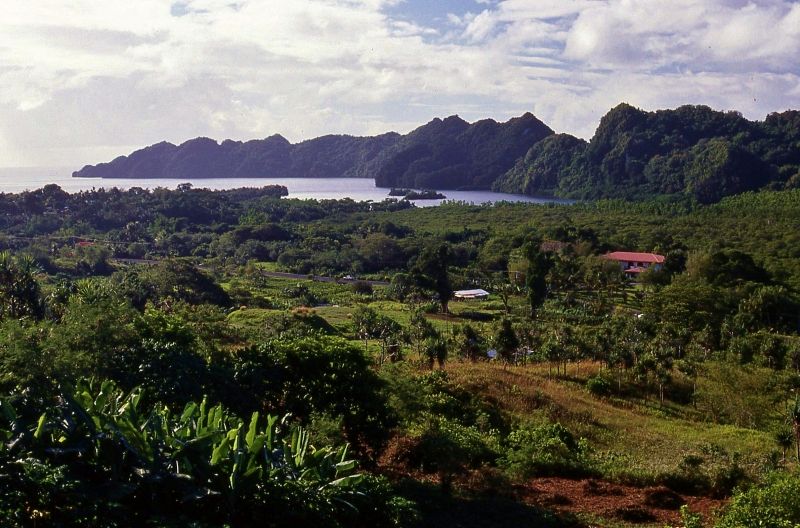
Babeldaob Island, Palau
Managing tropical forest for the protection of near-shore environments from upland sediment

Tahoe-Central Sierra Initiative
Managing 2.4 million hectares for multiple benefits (work in progress...)
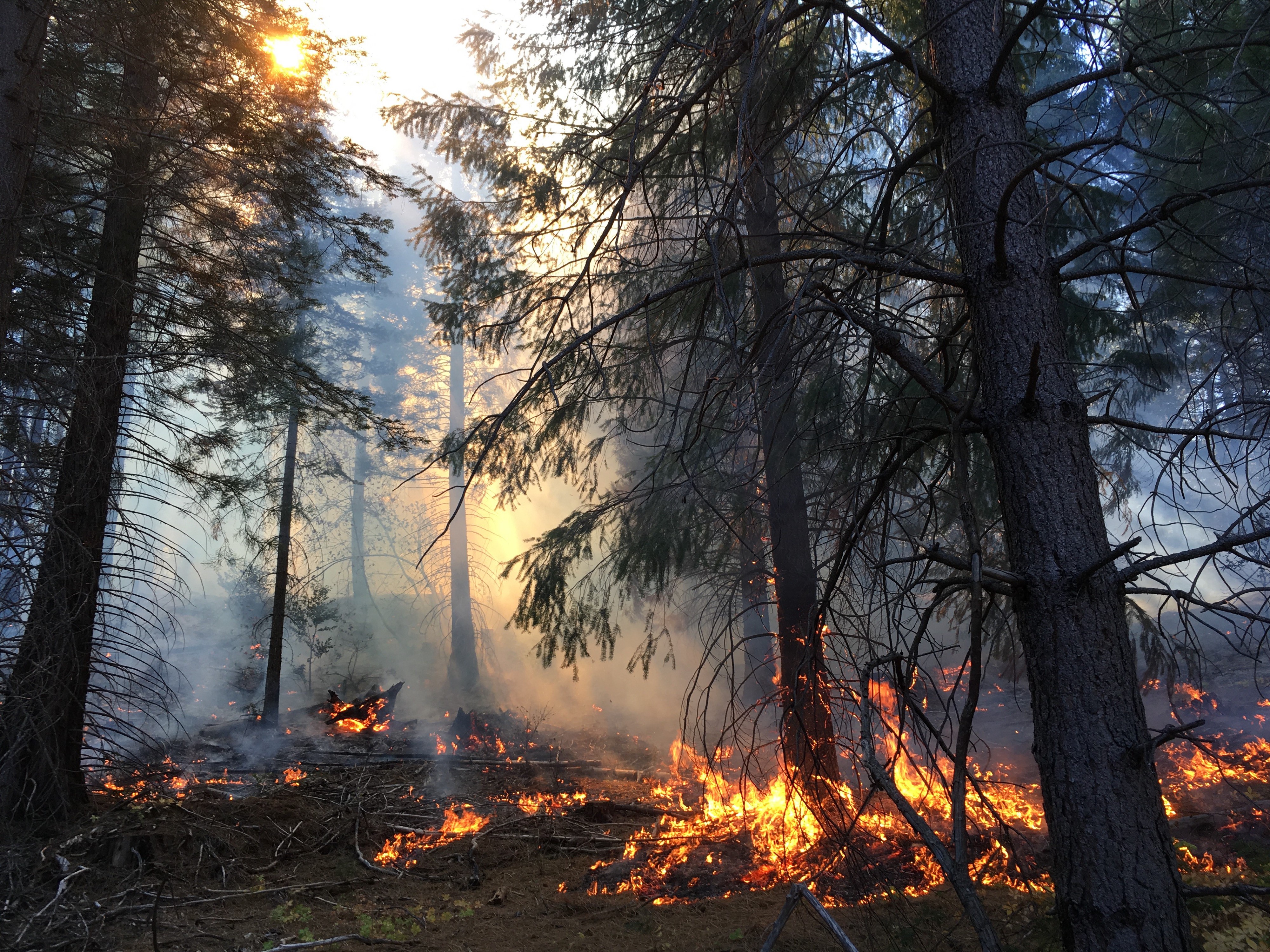
North central Washington landscape managment
Managing subbasins for promoting hydrologic function, biomass production and fire hazard reduction (work in progress...)
Machine learning for the prediction of ecological processes
Ecological systems are examples of complex and adapative systems where many components of the biotic and abiotic world interact across many spatial and temporal scales to create emergent ecosystem properties such as clean water, clean air, biomass production, wildlife habitat, and carbon sequestration, to name a few. Predicting these processes requires models that can capture this complexity through statisical relationships
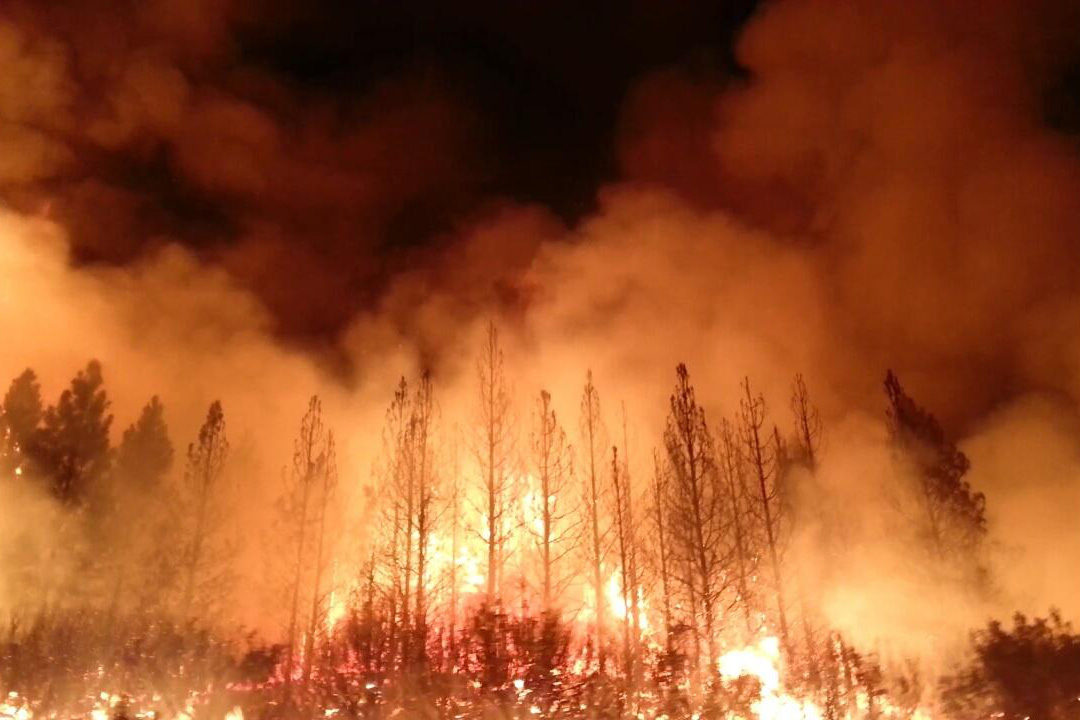
Multi-scaled drivers of Rim Fire severity
Local drivers of severity varied across ownerships and progression days revealing shifts in bottom-up and top-down controls. Strong spatial autocorrelation among predictors makes inference on dominant environmental drivers difficult.
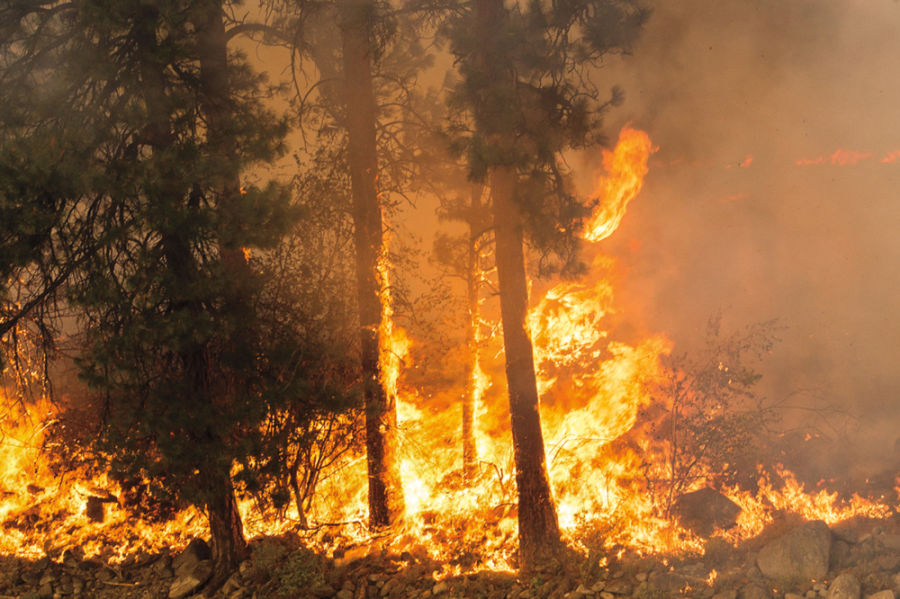
Fuel treatment effectiveness in wind-driven wildfires
Compared random forest with sequential autoregression to determine how the importance of environmental and spatial predictors varied spatially for fire severity
Landscape simulation modeling
Landscape simulation models represent major processes driving system level behavior including competition, succession, dispersal and disturbances. These models vary in their complexity and motivations depending on the objectives of the modeling.